What Is A Cash Balance Pension Plan?
Key Takeaway:
- A cash balance pension plan is a retirement savings plan that combines features of traditional defined benefit and defined contribution plans.
- Features of a cash balance plan include annual employer contributions, a fixed or variable interest credit, and a benefit payment that is based on the account balance.
- Advantages of a cash balance plan include portability, predictability, and higher contribution limits for older employees. Disadvantages include restrictions on investment choices and potential for lower returns.
Do you need a retirement income plan that provides a steady, reliable income? A Cash Balance Pension Plan may be an ideal option for you! This article explains the key features of a Cash Balance Pension Plan and how it can benefit you.
Definition of a cash balance pension plan
A cash balance pension plan is a defined benefit plan where employers promise a specified benefit at retirement, based on an account balance determined by employer contributions and a fixed or variable interest rate. These plans can provide greater retirement security for workers changing jobs often or who don’t work for an employer long enough to become vested in a traditional pension plan.
In a cash balance pension plan, employers maintain hypothetical individual accounts for employees that are credited with pay credits and interest credits. Pay credits are determined as a percentage of pay or a fixed amount, and interest credits can be fixed or variable and are applied to the account balance in the same way as compound interest. When employees retire or leave the company, they can elect to receive their account balance as a lump-sum payment or an annuity.
Cash balance pension plans provide a retirement income stream for employees that is not subject to the volatility of the stock market and can be more portable than traditional pension plans. However, they may not be suitable for all employees, and it’s important to understand the plan’s details and potential risks before participating.
To make the most of a cash balance pension plan, employees should carefully review plan documents, monitor their account balances, and consider the benefits and risks of any investment options provided by the plan. Taking an active role in managing their retirement savings can help ensure they don’t miss out on potential benefits.
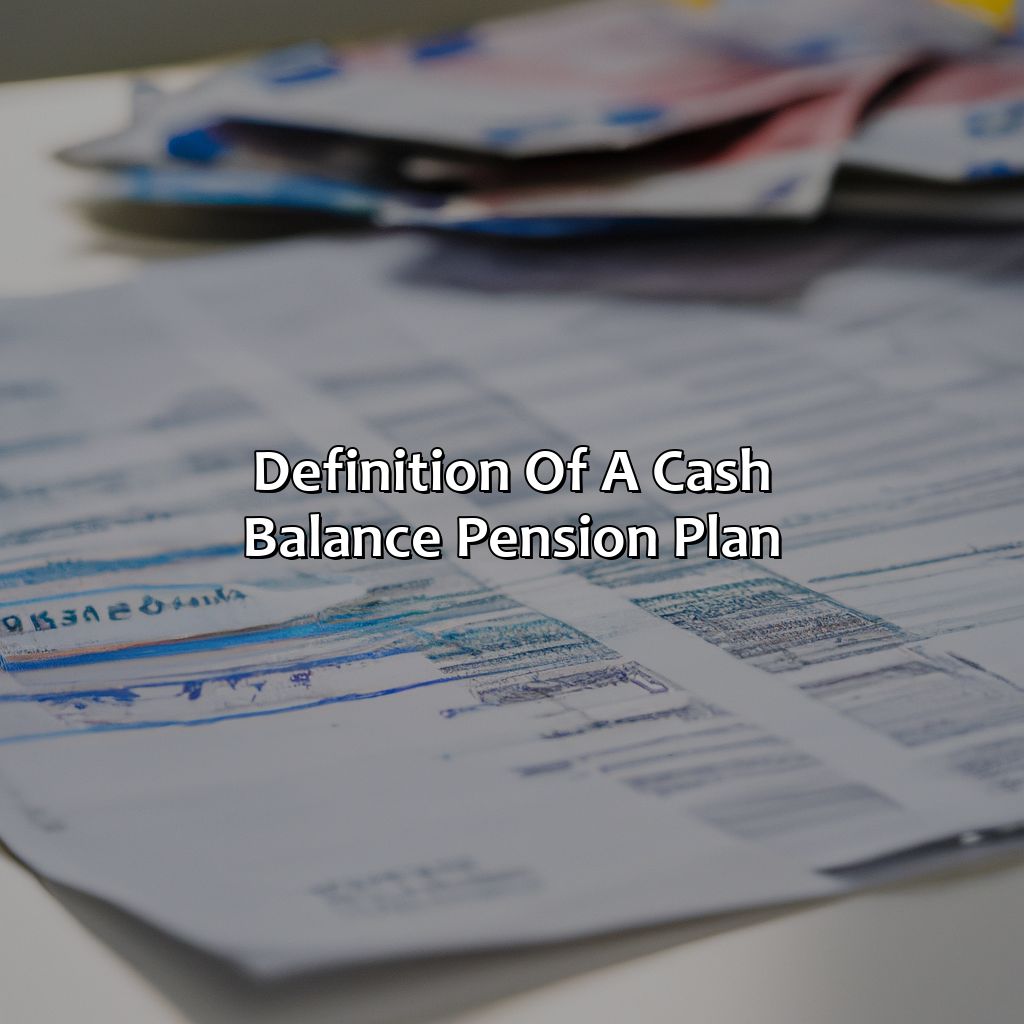
Image credits: retiregenz.com by Joel Washington
Features of a cash balance pension plan
A cash balance pension plan is a type of retirement benefit plan wherein a company contributes a set percentage of an employee s salary each year into an account. The account grows with time, depending on the plan s interest rate and investment earnings.
The advantages of cash balance pension plans include:
- Employees can easily calculate their benefit amount
- Employers can control their contributions to the plan
- The plan is portable and can be transferred to another retirement account
- The plan comes with a guaranteed minimum interest rate
- The plan can be combined with a 401(k) plan
- The plan is federally insured in case the employer goes bankrupt
Cash balance pension plans are advantageous because they offer a fixed benefit amount, similar to a traditional pension plan, while also providing employees with the ability to transfer the benefit to another account if they switch employers. Additionally, the plan guarantees a minimum interest rate to protect the employee s earnings.
\n
If you are curious about other kinds of pension plans that could work for you, you may want to learn more about pay as you go pension plans, which operate in a different fashion than cash balance pension plans. Check it out!
One individual experienced the benefits of a cash balance pension plan first-hand. He worked for a company for several years and participated in the company s cash balance pension plan. When he left the company to start his own firm, he rolled over the funds into his new firm s retirement plan. Thanks to the plan s portability, he was able to continue growing his retirement savings without any interruption.
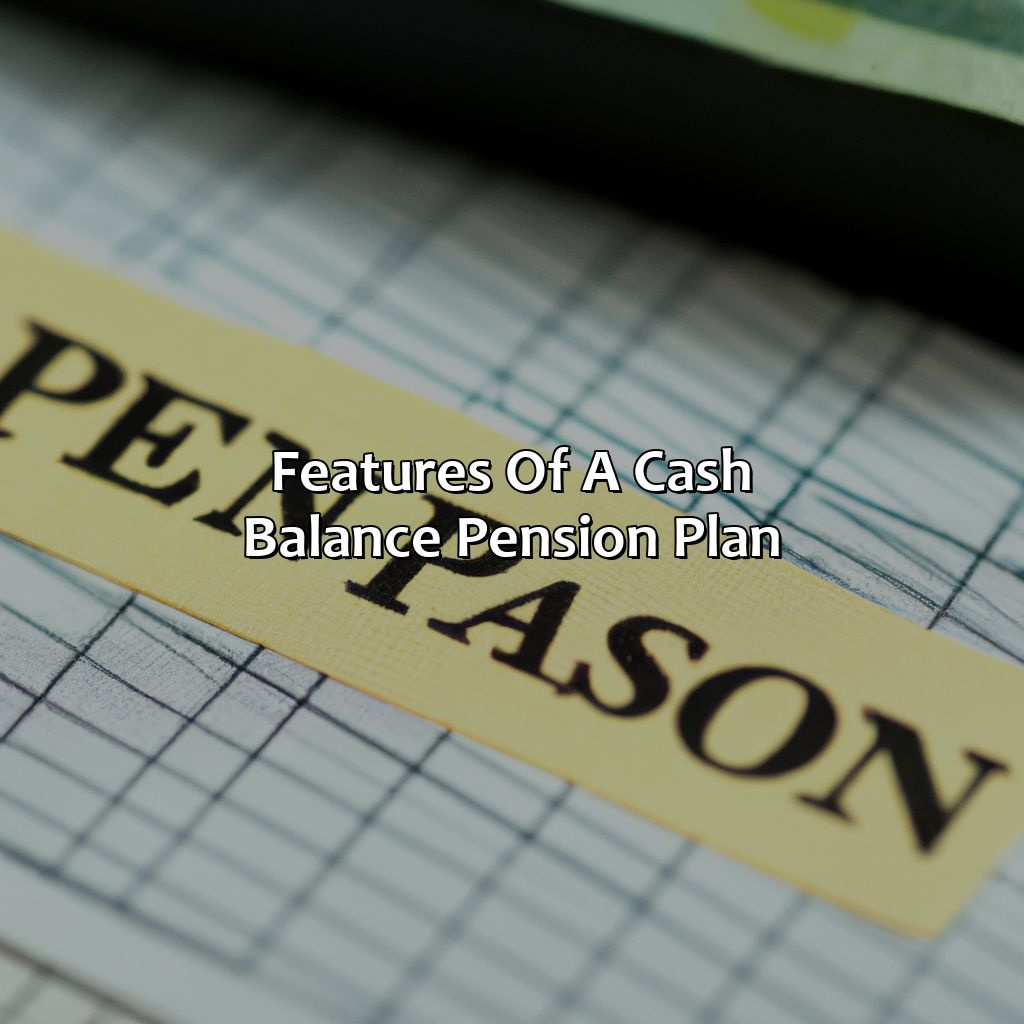
Image credits: retiregenz.com by David Jones
Advantages and disadvantages of a cash balance pension plan
A cash balance pension plan has its pros and cons. The benefits include limited liability and bigger contribution limits. However, there are a few drawbacks such as higher costs and lower investment returns.
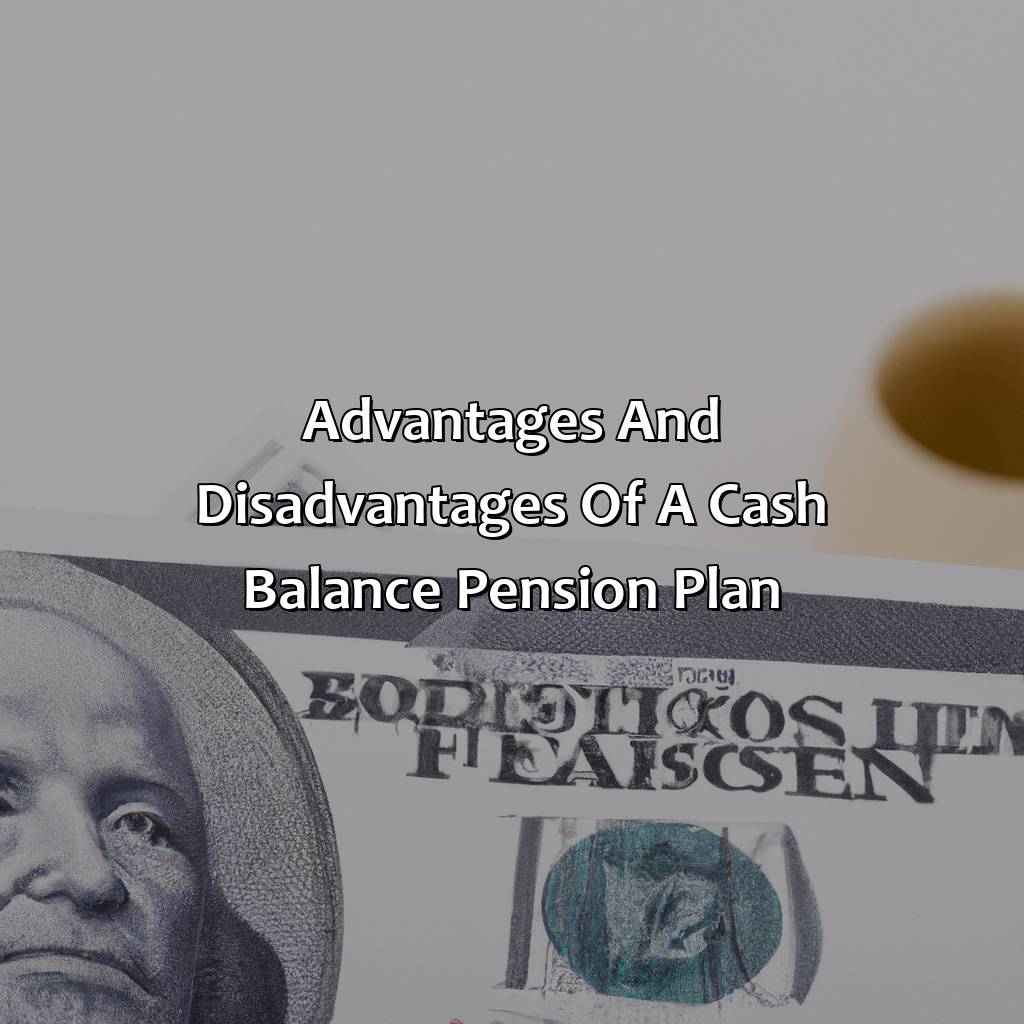
Image credits: retiregenz.com by James Washington
Advantages
One of the benefits of a cash balance pension plan is its simplicity. Unlike other retirement plans, this type of plan only requires participants to keep track of one account that grows at a predetermined interest rate. Additionally, these pension plans provide more certainty to retirees as they know ahead of time what their benefit will be.
Furthermore, younger employees may prefer money purchase pension plans as they do not have to worry about losing out on benefits if they leave their current job early. Additionally, companies can use these plans as an effective tool to recruit and retain top talent by offering competitive retirement benefits.
Finally, missing out on a cash balance plan’s advantages can impact an individual’s quality of life during their golden years. By not taking advantage of this type of plan, some retired individuals can be left with little or no savings and have difficulty supporting themselves without additional income sources. Do not miss out on the opportunity to secure long-term financial stability with a cash balance pension plan.
Cash may be king, but a cash balance pension plan? Not so much.
Disadvantages
Cash Balance Pension Plans: Disadvantages
Despite the advantages, a cash balance pension plan may have some drawbacks to consider.
- Low portability: Cash balance plans are less portable than traditional defined benefit or defined contribution plans. Employees may have difficulty transferring their benefits if they leave the company before becoming fully vested.
- Risk transfer to employees: While cash balance plans offer guaranteed benefits, the investment risk is often shifted from employers to employees. This means that if investments underperform, employees may receive lower-than-expected retirement payouts.
- Complexity: Cash balance plans can be more complex and challenging to understand than traditional retirement savings plans due to their hybrid nature and use of intricate actuarial formulas.
Additionally, some companies may face legal challenges when converting from traditional pension plans to CAAT pension plans.
It is reported that as of 2021, 25% of large US employers offer cash balance pensions plans. Traditional pension plans are like a trust fund baby, but cash balance plans are more like a DIY investing project with a sack of cash.
How cash balance pension plans differ from traditional pension plans
Cash balance pension plans differ from traditional pension plans in their structure and how benefits are accrued. Here’s a breakdown:
| Traditional Pension Plan | Cash Balance Pension Plan |
|---|---|
| Benefits based on years of service and average salary | Benefits based on a hypothetical account balance |
| Employer bears the investment risk and guarantees the benefit | Employer bears only the contribution risk and guarantees a minimum rate of return |
| Benefits received as a lifetime annuity | Benefits received as a lump sum or annuity, depending on the plan design |
It is worth noting that cash balance pension plans are becoming increasingly popular among employers due to their portability and predictability for both the employer and employee.
One aspect that sets cash balance pension plans apart from traditional pension plans is the fact that they are a hybrid plan, combining features of defined benefit and defined contribution plans. If you’re not sure what this means, you may want to look into the concept of commuted value of pension to better understand the differences.
A true story about the implementation of cash balance pension plans dates back to the early 1980s when IBM began to shift away from its traditional pension plan and towards a cash balance pension plan for its employees. This move sparked controversy and led to protests from employees who argued that the new plan would reduce their retirement benefits. IBM eventually settled with its employees, and the situation led to increased regulations around cash balance pension plans.
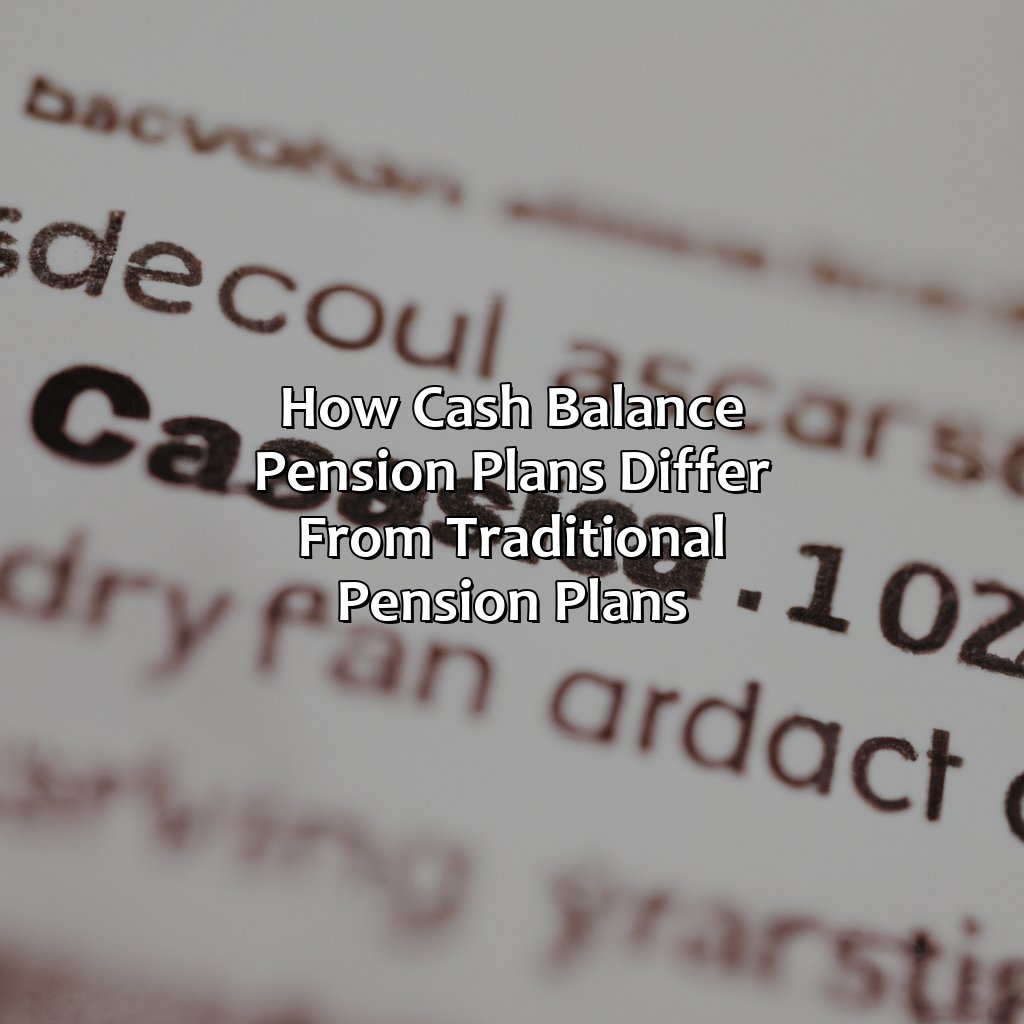
Image credits: retiregenz.com by James Arnold
Things to consider before choosing a cash balance pension plan
A cash balance pension plan is an employer-sponsored retirement benefit that is becoming popular among employees. Here are important features to review before selecting a cash balance pension plan.
- Understanding the plan structure
- Additional benefits besides the cash balance account
- Plan contribution limits and matching policies
- Portability of benefits if leaving the employer
- Comparison to other retirement plans offered
To make the most informed decision on a cash balance pension plan, employees can review the plan’s funding status and any vesting schedules. They can also consider other factors such as their expected retirement age and whether they plan to work for the employer for a long period. Find more about pension schemes.
A few years ago, there were lawsuits filed against some companies alleging that the cash balance pension plans offered by these employers violated age discrimination laws. As a result, employers have had to revisit how they structure these plans to ensure they comply with the law.
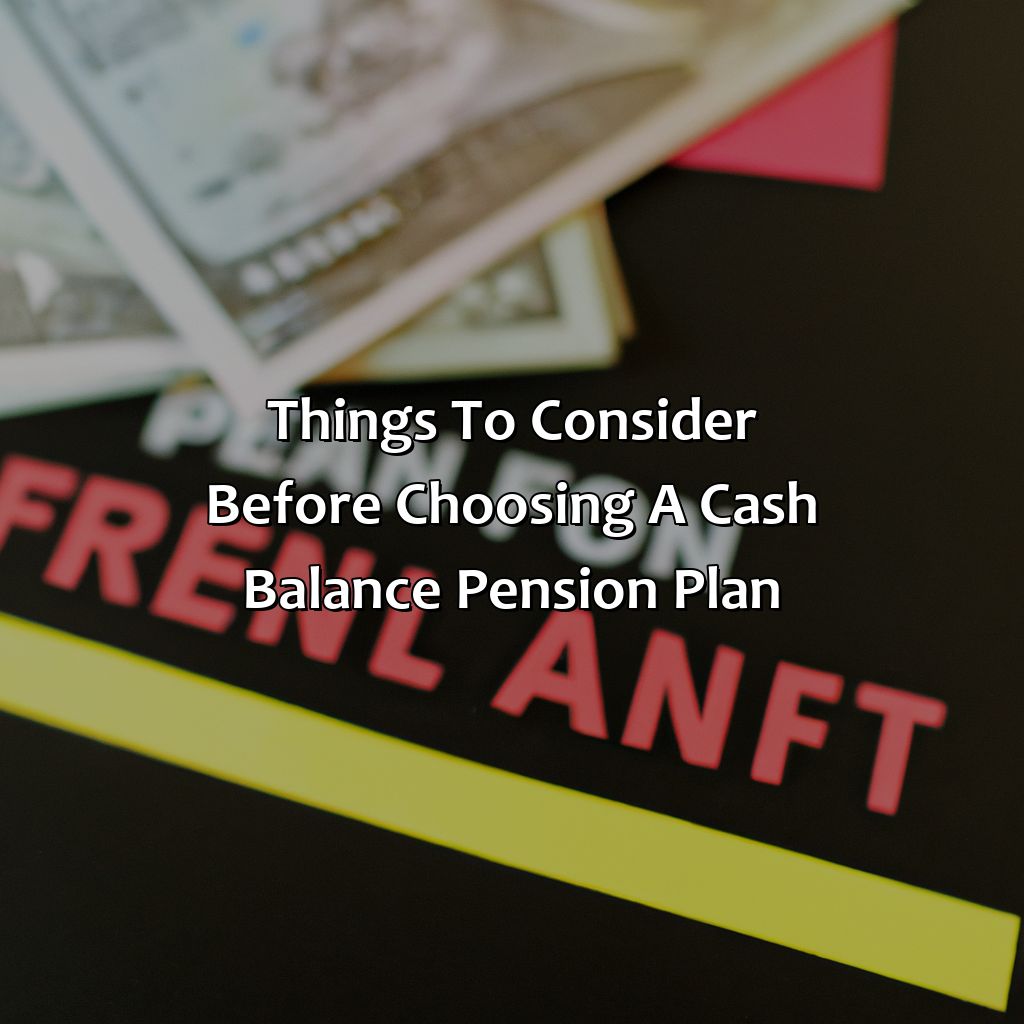
Image credits: retiregenz.com by James Washington
Some Facts About Cash Balance Pension Plans:
- ✅ A cash balance pension plan is a type of defined benefit plan that functions like a mix between a defined benefit plan and a defined contribution plan. (Source: Investopedia)
- ✅ In a cash balance plan, the employer sets aside a percentage of the employee’s salary every year to a hypothetical account, which earns a specified interest rate. (Source: Forbes)
- ✅ Upon retirement, the employee can access the balance in their account as a lump sum or an annuity, depending on the plan. (Source: The Balance)
- ✅ Cash balance plans are becoming increasingly popular among small businesses, professionals, and highly compensated employees. (Source: U.S. News & World Report)
- ✅ Critics of cash balance pension plans argue that they may disadvantage older employees who are closer to retirement age compared to younger employees. (Source: AARP)
FAQs about What Is A Cash Balance Pension Plan?
What is a cash balance pension plan?
A cash balance pension plan is a type of retirement plan where an employer contributes a fixed amount of money to an employee’s account each year. This fixed amount is based on the employee’s salary and years of service and is guaranteed to earn a minimum interest rate.
How is a cash balance pension plan different from a traditional pension plan?
In a traditional pension plan, an employee’s retirement benefit is based on their years of service and their final average salary. In a cash balance pension plan, the retirement benefit is based on the total amount of money contributed to the employee’s account and the interest earned on that money.
Who is eligible for a cash balance pension plan?
Most often, cash balance pension plans are offered by employers to their employees as a retirement benefit. Eligibility requirements may vary by employer, but common requirements include a minimum age and a certain number of years of service with the company.
Can an employee contribute to their cash balance pension plan?
No, an employee cannot contribute to their cash balance pension plan. Only the employer makes contributions to the plan on behalf of the employee.
When can an employee access their cash balance pension plan?
An employee can access their cash balance pension plan when they reach the plan’s retirement age, which is usually age 65. However, some plans may allow employees to access their benefits earlier, such as at age 55 or after a certain number of years of service.
What happens to a cash balance pension plan if an employee leaves the company?
If an employee leaves the company before reaching retirement age, they may be able to take their cash balance pension plan benefits with them. They may have the option to roll over the benefits into a new employer’s retirement plan or into an individual retirement account (IRA). Alternatively, they may be able to receive a lump sum distribution of the benefits.
